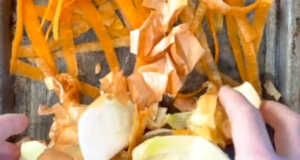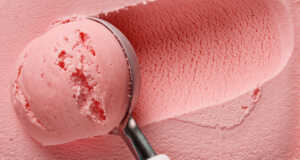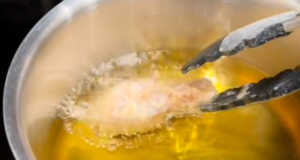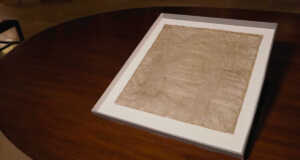A change in seasons is always a time of year that gets people motivated to deep clean and start anew. As always, there are plenty of obvious things we tackle and spruce up, however, there are some things that seriously, and I mean seriously, need both a look down and a scrub down. Here are some of the most common things people forget to clean.
Bed Sheets

Fresh, tightly tucked bed sheets spruce up a bedroom from zero to sixty in no time flat. Yet, it’s surprising that a majority of people (both men and women) take over two weeks to change their bed sheets. And while it seems like an easy thing to forget, you should also be aware that the average human body sheds at least ten grams (that’s around two and a half teaspoons) of dead skin each day which — after two and a half weeks — can be as visible as a dust bunny in the corner of your room or dandruff on a scalp. Try to have an extra set of sheets, that way you can swap them out even if you’re not doing a laundry day anytime soon. Changing out your sheets once a week is a healthier timeframe, but if you have medical conditions such as skin diseases, breathing problems, overactive sweat glands, or you simply eat in your bed, consider changing your sheets twice a week. If your body feels dirty, there’s a chance that your bed sheets are also grimy.
Underside of Bags
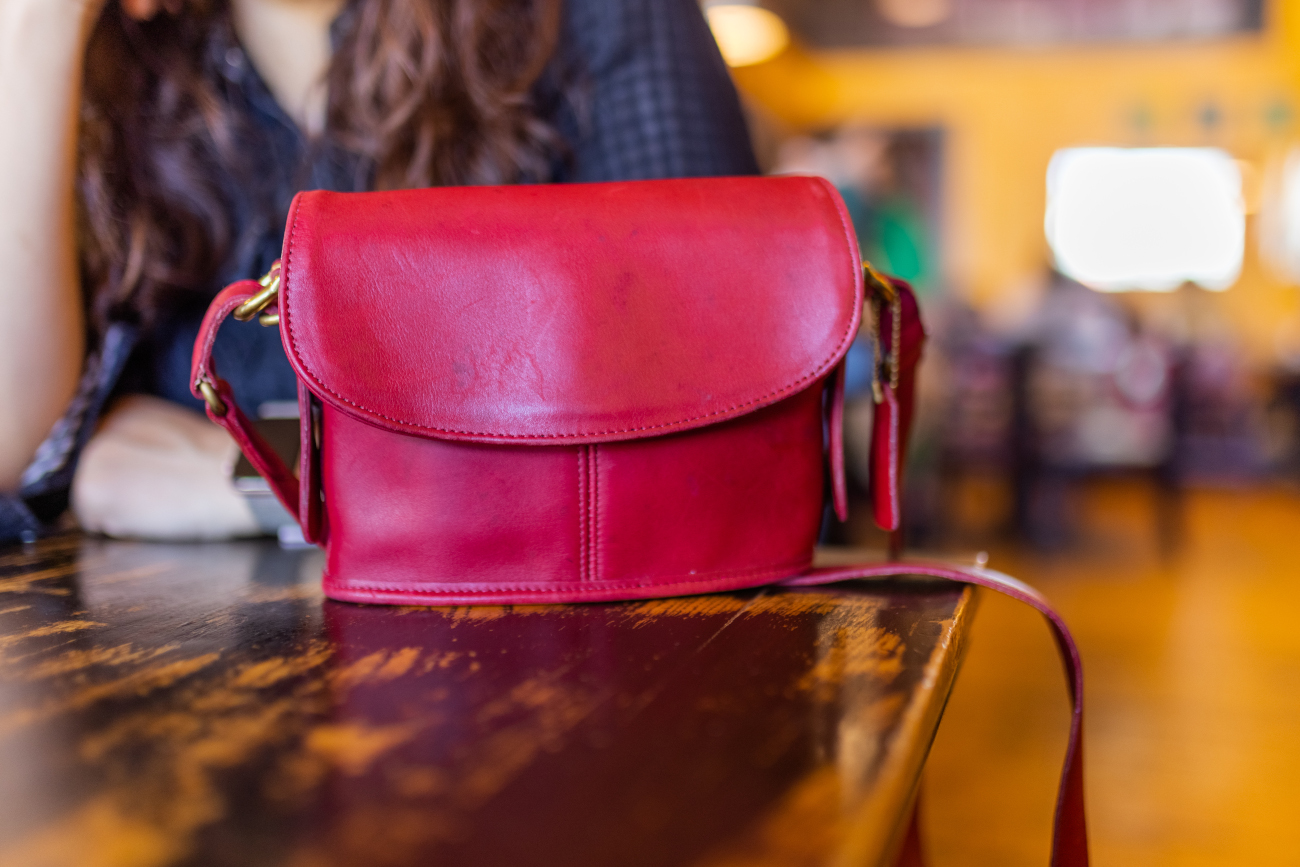
Once you arrive home, the natural course of things is to toss your bag onto the counter and start winding down from the day. But before you slap your handbag or backpack down in any old place, consider where the bottom of your bag has been. Most people place their bags on the floor, or publicly used surfaces, meaning whatever is on the ground ends up sticking to the underside of your bag! If you can’t give your bag a good service, look at the label to see the material of the bag. Most bags can handle contact with a sanitizing alcohol wipe. A quick rub of the bottom side and the handles is an easy way to prevent your bag from getting too icky.
Pillow Cases
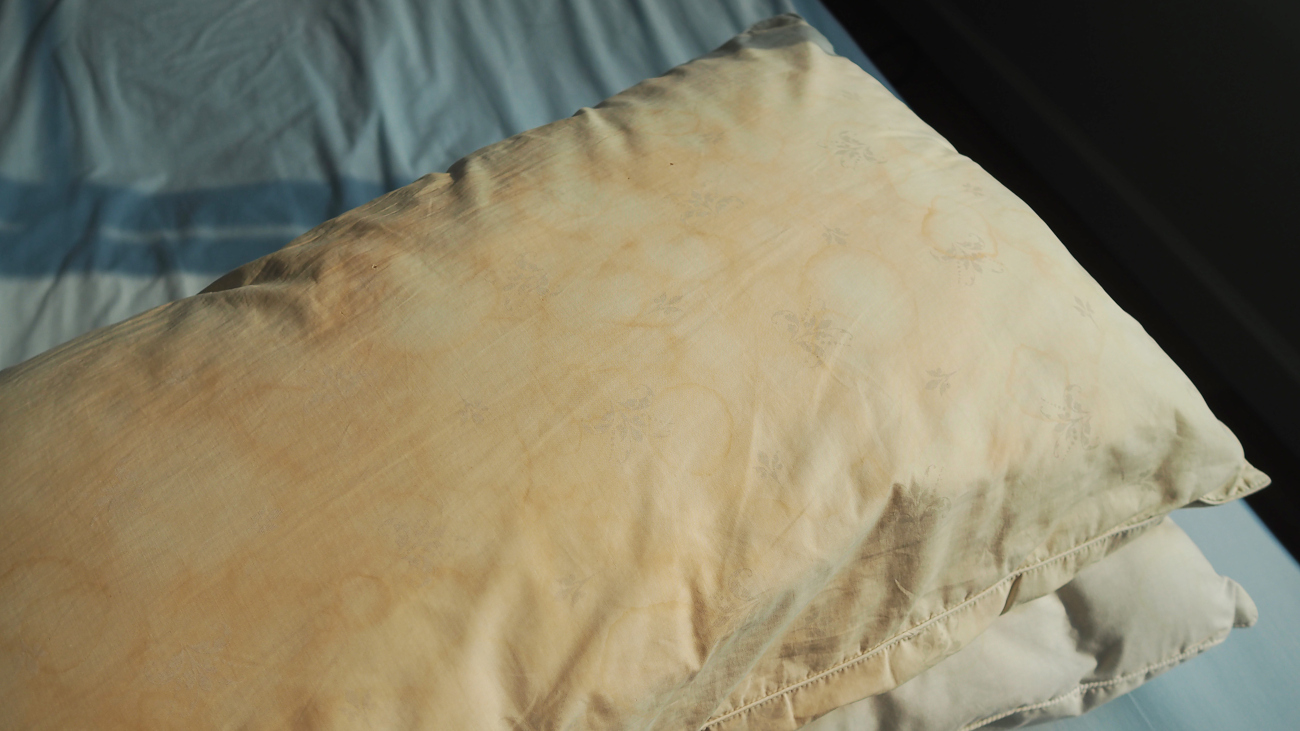
Yes, pillowcases need their public service announcement. It takes Americans longer to change their pillowcases than their bedsheets. Why not just change pillowcases and sheets at the same time? That’s a mystery! The same cited study showed that Americans do not wash their pillowcases at the same time as their sheets. The pillowcases stay unwashed for a longer period of time, which was averaged at around three weeks (in the best of circumstances). If not changed frequently, the sweat and oil produced by your face can seep into the pillow itself, causing it to stiffen and yellow. You should change your pillowcases at least once a week, but if you’re sweating, you should consider changing them out twice a week.
Behind The Sink Faucet
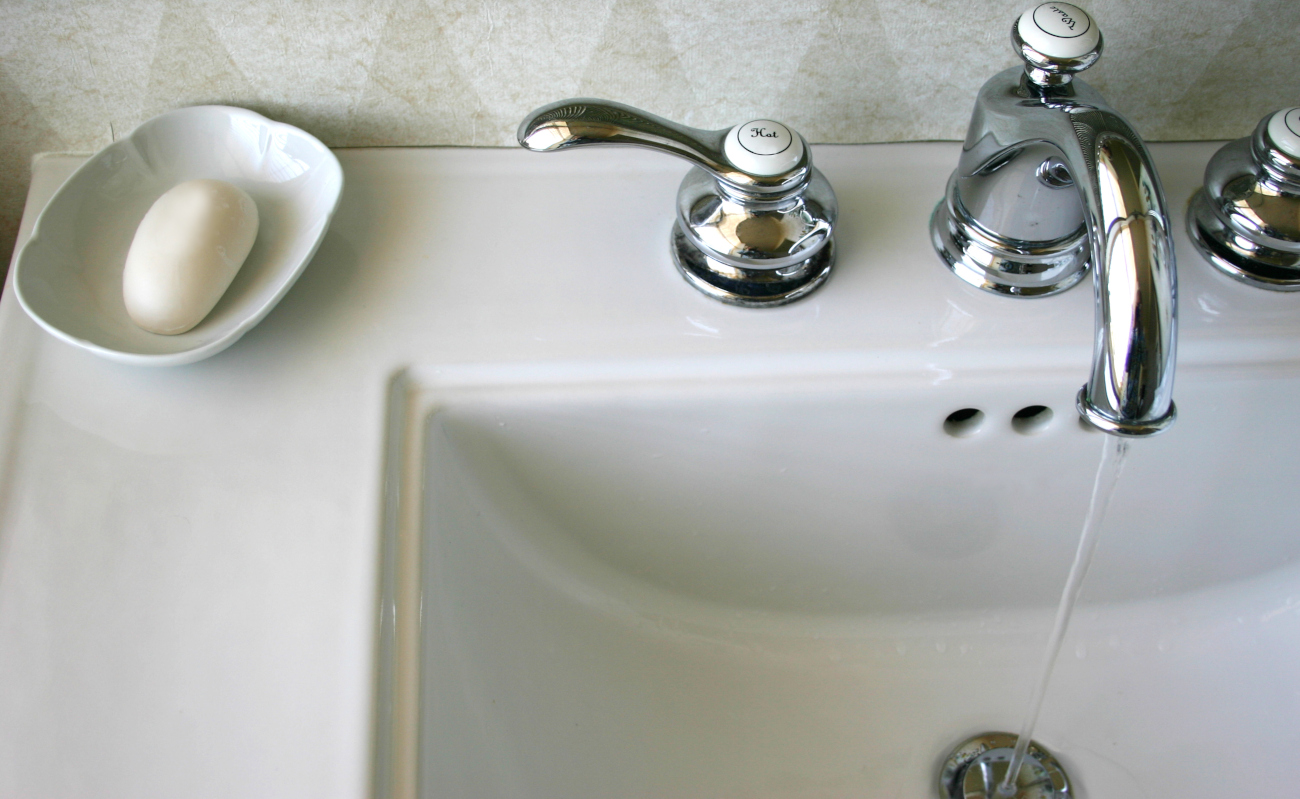
There’s a place forgotten by most people. And no, it’s not a mysterious place like Atlantis or the Fountain of Youth, it’s much closer than you think. The dirty little secret spot is the space behind your sink faucet knobs! This netherregion has a surprising amount of grim, mineral build-up, and soap residue. If you’re examining your bathroom’s faucet, it’ll probably have toothpaste remnants and some hair – yuck! Depending on the severity of neglect, you may have to pull out a sturdy scrub brush! If there’s rust, calcium, and lime scale, consider using a special spray.
Window Sills
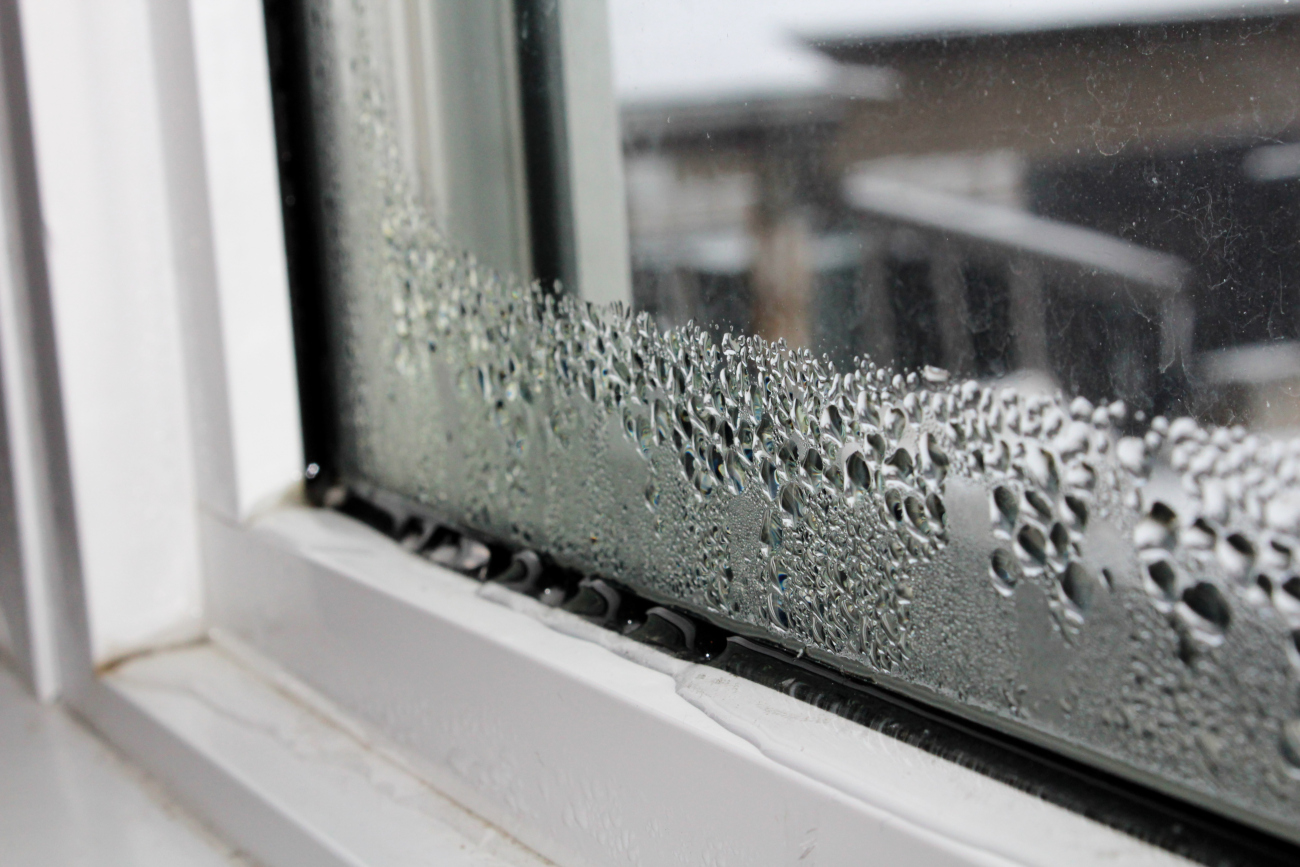
Warm weather is an obvious invitation to open the house to a breath of natural, fresh air. The problem is the seal-tight vacuum of the house isn’t always so clean. Window sills and tracks where the windows slide up, and down or back and forth get pretty gross pretty fast. Outdoor dirt loves to take some R&R time on your sills, so give them a good clean down before you open up your house to a refreshing breeze.
Phone Screen Protectors
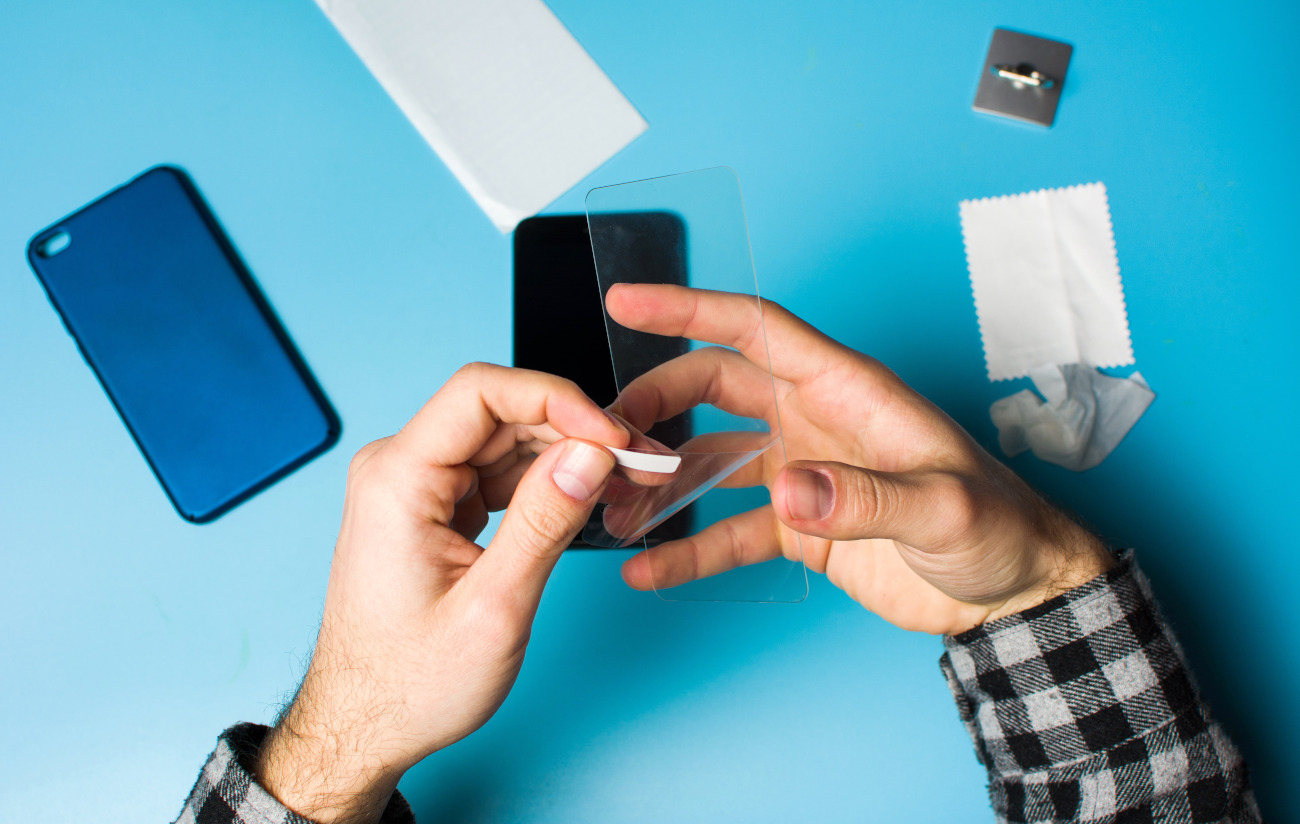
Sure, a wipe down with a sanitizing wipe or some glass cleaner makes a phone screen spic-and-span, but it doesn’t do a full cleaning. The screen protectors you put on your phone aren’t tight seals. Dirt and grime that lands on your screen often gets pushed to the perimeter of the screen protector and gets lodged between the screen protector and the actual phone screen. If you’re seeing more and more separation, consider replacing your phone screen protector and giving the actual screen a good rub down with an alcohol pad before applying a new one.

